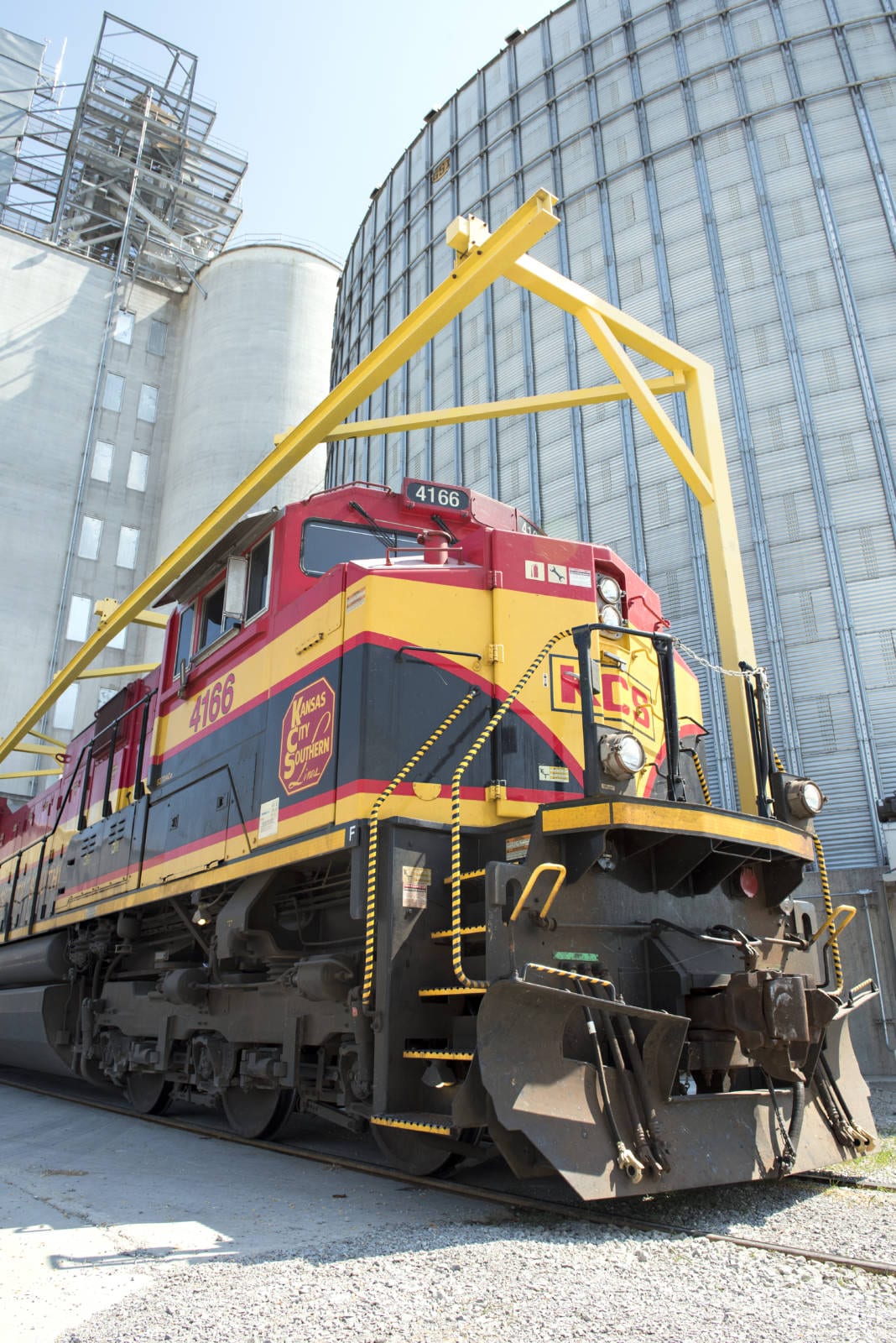Mike Steenhoek is the executive director of the Soy Transportation Coalition, a farmer-funded, farmer-led initiative that works to promote a transportation system that is cost-effective, reliable and competitive. He addressed a group of South American customers and food industry executives at the September 2017 U.S. Soybean Oil Latin American Summit in Mexico, where he shared why the competiveness of U.S. Soy depends on transportation.
Q: What is the mission of the Soy Transportation Coalition?
A: As its name suggests, we work on transportation issues that are important to the profitability of the soybean industry.
I like to describe agriculture, particularly the soybean industry, as having the most diverse and elongated supply chain of any industry in existence, so we’re heavily invested in and dependent upon railroads and bridges, highways and interstates, our freight rail system, our inland waterway system and our ports.
For an industry in which more than 50 percent of what farmers produce is exported, we have a particular vulnerability to the quality of our transportation system. As a result, farmers decided to create this organization, focused exclusively on logistics, to help ensure the farmer perspective is incorporated into infrastructure decisions. Hopefully it results in a better, more highly-functioning, reliable transportation system for U.S. farmers.
Q: How does transportation bridge supply and demand of U.S. Soy?
A: Think about the U.S. farmers who are located 1,000 miles from where our export regions actually are; yet they are the most international of enterprises. Intuitively that should not be the case, but because we have this multi-modal transportation system, farmers can have access to customers around the globe. For the soybean industry, you can’t just focus on the supply side of the equation, and you can’t just focus on the demand side of the equation. You have to also focus on transportation, which is the connectivity between supply and demand. So farmers need to regard transportation as a key issue that impacts their profitability.
Q: How does transportation factor into the cost our international customers pay for our product?
A: When you look at the cost of transporting soybeans grown in the United States to our international customers, compared to particularly those grown in Brazil, the reason we’re the lowest costs to our customers is not due to a lower cost of production; more than likely, the lower-cost producer is Brazil. But because we have so much more of an efficient transportation system, we make better use of the modes of transportation that transport heavy commodities like soybeans long-distance, and that’s our inland waterway system with our locks and dams; that’s our freight rail system. Because we do that better than our competitors, we’re able to provide a lower-cost product to our customers.
Q: How can the U.S. Soy supply chain make sure that transportation remains an integral component of the U.S. Soy Advantage?
A: We need to make sure that we maintain that competitive advantage. We’re living on the legacy of investments that were made years and decades ago, and we need to continue to invest in ourselves. That’s what great nations do; great industries do. Investment is not a one-time activity, it’s a perpetual activity. So that’s one of the messages we try to transmit.
Q: Knowing that the majority of U.S. soybeans leave the country through ports, how concerned do we need to be about hurricanes and other natural disasters?
A: In 2005, when Hurricane Katrina hit the Gulf Coast of the U.S., it was a very vivid example of how a natural disaster can have ramifications on our supply chain. 60 percent of soybean exports leave the U.S. from the Mississippi gulf region near New Orleans. When you have that massive choke point where most of our exports leave, it can really have a ripple effect in the interior part of the country. All of a sudden the farmers who are located in the Midwest saw that the price for their soybeans dropped at the local elevator because the local elevator could not make the subsequent deliveries since our export region in New Orleans was one big choke point. That was a real lesson for us that really shows U.S. farmers the need to really be attentive to supply chain disruptions that are occasionally caused by natural disasters.
Q: What do you want international customers to know about the U.S. soybean industry?
A: We’re constantly trying to win their business. There’s a lot of focus on the supply side to make sure we’re growing more, making sure the quality of the beans is better, and we’re working hard every day to make sure we’re getting it from point A to point B in an increasingly cost-effective, reliable manner. We appreciate their current business and want to continue to win it.
